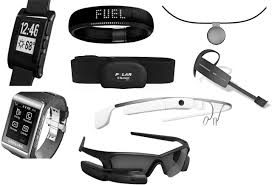I wonder if we (and by this I mean everyone who teachers) realize that teaching is not only concerned with the written word and text-based materials? Its been a slow move towards understanding that visual images are as powerful as the written word. When I first started teaching words were paramount – teaching and learning involved words, language, text and visual images were the domain of the visual arts teachers. I used be quite envious of them and the different ways their ‘content’ or information could be presented, it never occurred to me that I could use visual images. One of the great advantages of living in our current context is that we have stepped away from text-based communication, visual images have been proven to be just as valuable in teaching and learning. As new tools and technologies emerge, there are new ways for presenting information in a visually enhanced way. Learning theories have evolved and visual learners are now understood and include din classroom practices. We keep unlocking more information and understanding about how we actually learn, it really shouldn’t have been a surprise to any of us that we learn in a variety of ways – visually, physically, via our senses, textually…..this list is endless. What is exciting for me as a teacher is knowing that I can use all of these different approaches and I will be a more effe ctive practitioner.
ctive practitioner.
One of my favorite tools (at the moment, which changes constantly) is Piktochart – what a great way to present information in a mode that merges text and visual tools into one – I often use these when introducing a new topic to a class, or as a summary tool – students can create them for projects or assessment (have a look at one I made recently on Blogging). They can be used as tools to support oral presentations (wonderfully helping us to avoid death by power point boredom…..). i was recently preparing a poster for an upcoming conference and I used Piktochart – it was much more interesting and looked more professional. It forced me to be succinct and less wordy and really consider what images I could use to support the message. Interestingly it took me longer to prepare than usual, as an infographic is not an easier or lazier way of presenting information, it requires careful thinking and pondering of how text and visual images can work together to present your message. Watch this space though, whilst I am raving about Piktochart at the moment, I may discover another rather handy infographic tool shortly……..and it will be history!


